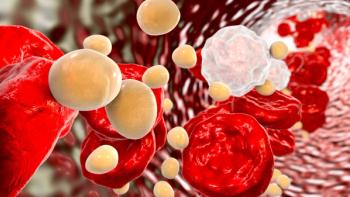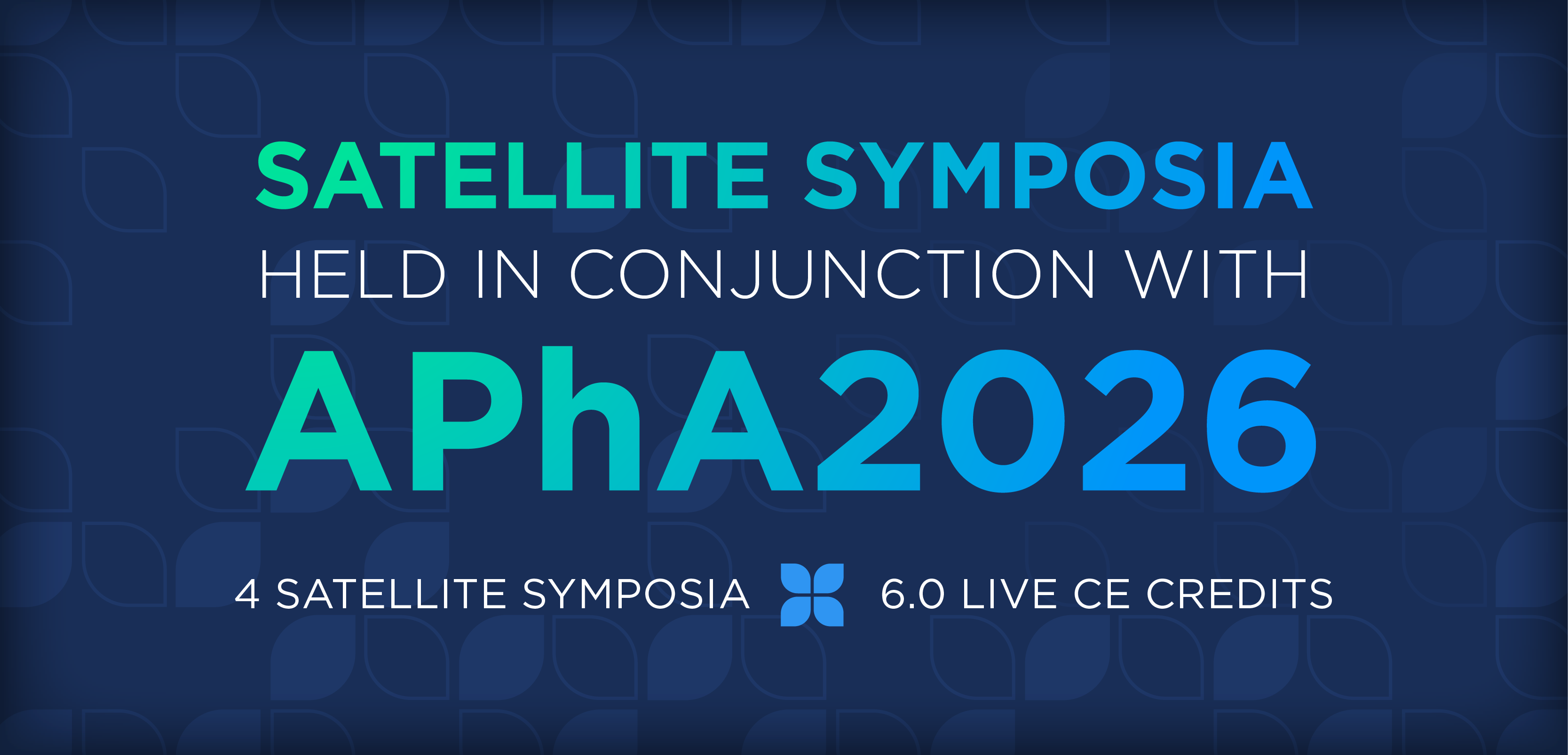
Researchers Identify New Antibody That Can Be Targeted by HIV Vaccines
This group of antibodies is able to attach to the outer layer of HIV at a patch of glycans—chain-like structures of sugars that are on the surface of cells, including the outer shells of viruses.
Investigators at Duke University Medical Center have identified an antibody that binds to a coating of sugars on the outer shell of HIV, which could point to a novel HIV vaccine approach, as well as potential treatments for SARS-CoV-2 and fungal pathogens.
In the study, published in the journal Cell, investigators identified an immune cell found in both monkeys and humans that produces the unique anti-glycan antibodies. This group of antibodies is able to attach to the outer layer of HIV at a patch of glycans, which are chain-like structures of sugars that are on the surface of cells, including the outer shells of viruses, according to the investigators.
More than 50% of the virus’s outer layer is comprised of glycans, according to the study. Senior author Barton Haynes, MD, said investigators have long wanted to use anti-glycan antibodies to break down these sugar structures, triggering immune B-cell lymphocytes to produce antibodies and neutralize HIV.
“This represents a new form of host defense,” Haynes said in the press release. “These new antibodies have a special shape and could be effective against a variety of pathogens. It’s very exciting.”
Haynes and his team found the antibody while exploring whether there might be an immune response targeted to the glycans covering the outer surface of HIV. Although investigators have tried for years to utilize anti-glycan antibodies, Haynes said it’s a difficult task. HIV is covered in sugars that look like the host’s glycans, creating a shield that makes the virus look as if it’s part of the host rather than a deadly pathogen.
The newly identified group of anti-glycan antibodies could be a potential solution to this problem. The investigators called these antibodies Fab-dimerized glycan-reactive (FDG) antibodies.
Until now, the researchers said there has only been 1 report of a similar anti-glycan HIV antibody with an unusual structure. This antibody was found 24 years ago and termed 2G12. With this in mind, the investigators isolated several FDG antibodies and found that they display a rare structure resembling 2G12, which enables the antibody to lock onto a specific, dense patch of sugars on HIV, but not only other cellular surfaces covered in host glycans.
“The structural and functional characteristics of these antibodies can be used to design vaccines that target this glycan patch on HIV, eliciting a B-cell response that neutralizes the virus,” said lead author Wilton Williams, PhD, in the press release.
Williams added that the FDG antibodies also bind to a pathogenic yeast called Candida albicans, and to viruses such as SARS-CoV-2. Further studies could explore techniques for harnessing the antibody and deploying it against these pathogens, according to the researchers.
“These antibodies are actually much more common in blood cells than other neutralizing antibodies that target specific regions of the HIV outer layer,” Williams concluded. “That’s an exciting finding, because it overcomes one of the biggest complexities associated with other types of broadly neutralizing antibodies.”
REFERENCE
Newly Identified Antibody Can Be Targeted by HIV Vaccines [news release]. Duke Health; May 20, 2021.
Newsletter
Stay informed on drug updates, treatment guidelines, and pharmacy practice trends—subscribe to Pharmacy Times for weekly clinical insights.



















































































































































































































